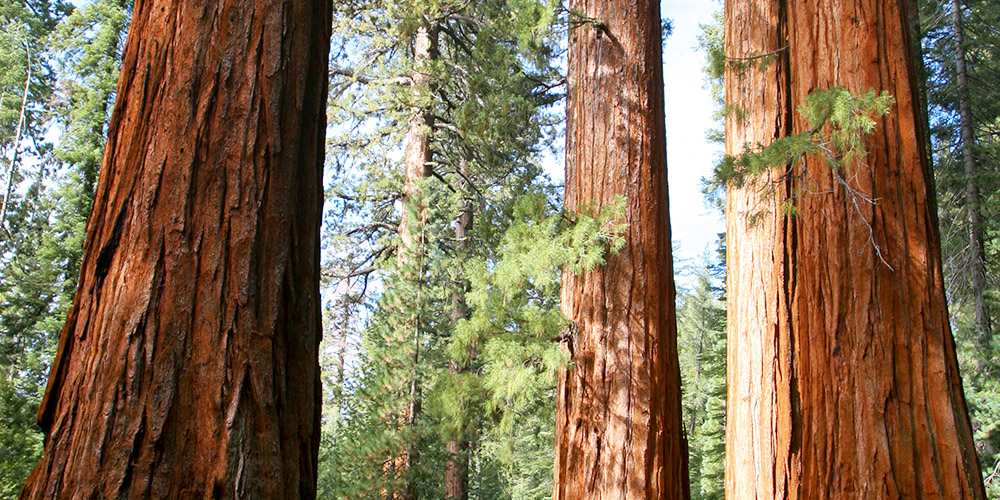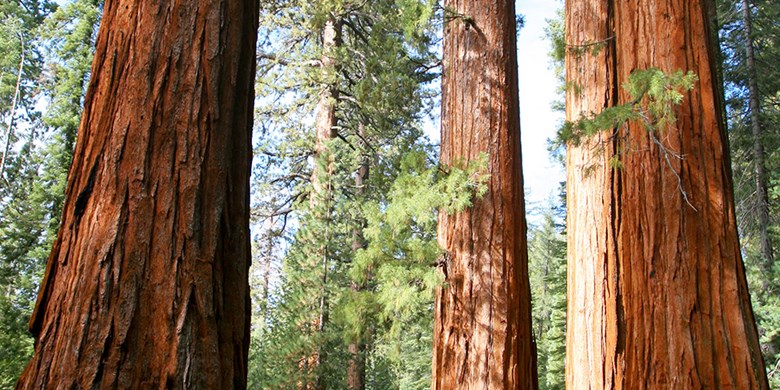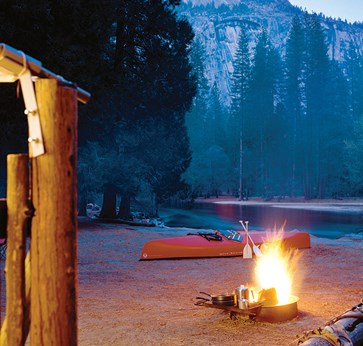A place unchanged with time, can change you in a moment.
The moment you arrive at Yosemite, you’ll begin to experience what others have cherished for more than 10,000 years—when American Indians first put down roots in Yosemite Valley. Surrounded by natural beauty, seemingly endless wilderness, sheer cliffs and remarkable tranquility, a spirit of discovery will well up inside you.
You’ll be following in the footsteps of the West’s first non-native settlers, who came for the California gold rush in 1850 and returned home—some with riches and some with stories of a place so grand in scale and so breathtaking in beauty that words alone couldn’t do it justice.
As the stories spread, the first tourists took to horseback discovering the farthest reaches of the Yosemite Valley. Its sufficient wildlife—deer, bear, and fish—meant a reasonable supply of food, and with that came the area’s first year-round settlers by the mid-1860s.
Preserved for Eternity
Remarkably, some of the early settlers had the foresight to realize Yosemite’s extraordinary beauty and rich natural resources needed to be preserved—and assisted in protecting the Giant Sequoias from logging. While the nation was bitterly divided by the Civil War, President Abraham Lincoln signed a grant that permanently protected the land. Yosemite was one of the first territories preserved for its scenic beauty, public use, and continued enjoyment - and Yosemite was part of the foundation for what became America’s National Parks.

In 1890, Yosemite was established as a National Park. And in 1916, the newly formed National Park service took the reigns in managing Yosemite National Park.
A Thriving Natural Wonder
Today, about 4 million people visit Yosemite each year—hikers, climbers, campers, bikers, photographers and nature lovers of all kinds—charmed by the park’s awe-inspiring beauty and eager to experience one of America’s greatest natural splendors.





